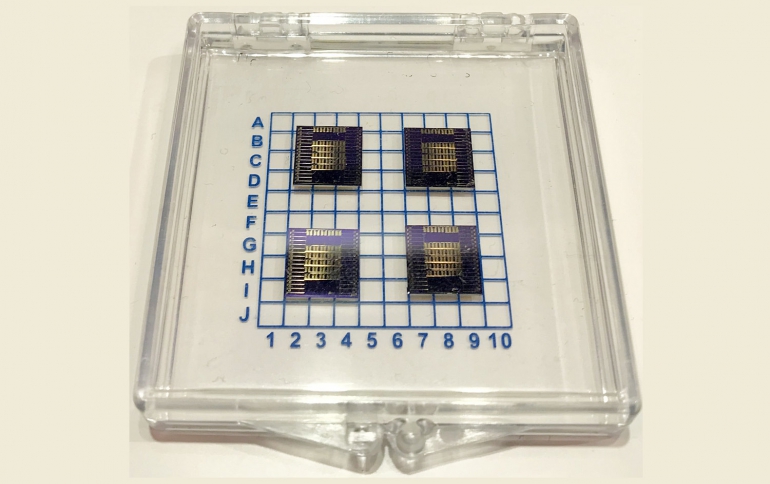
Mitsubishi Electric Develops Low-cost Super-wideband Image Sensor Using Graphene
The Advanced Technology R&D Center of Mitsubishi Electric Corp has developed a multi-spectrum image sensor that can sense light ranging from visible light to terahertz waves.
Currently available multi-spectrum image sensor systems combine multiple sensors, expensive materials and require liquid nitrogen-based cooling. Mitsubishi Electric's prototype sensor uses a single-layer graphene material that takes advantage of the state of its electrons. According to the company, the new multi-spectrum image sensor is less expensive to produce and also offers a higher performance than existing multi-sensor solutions: graphene is actually carbon (cheap) and electrons move fast in graphene (performance). In addition, a graphene-based sensor does not need to be cooled.
The optical sensors of existing image sensors turn valence electrons into free electrons by using the energy of irradiated light. The electric current generated by free electrons is read out to detect light.
In the case of graphene, there is no energy gap for converting valence electrons into free electrons. Therefore, in principle, it can absorb light with any wavelength to turn valence electrons into free electrons. When optical sensors utilizing the properties of graphene are arranged in an array like existing CMOS image sensors, it is possible to realize a multi-spectrum image sensor that can take images on the same optical axis.
According to Japanese Nikkei xTech, Mitsubishi exhibited a prototyped chip last October at MEMS Sensing & Network System 2018 and at Ceatec Japan 2018.
Mitsubishi Electric expects that the graphene-based sensor will replace all kind of far-infrared sensors in the future.





















